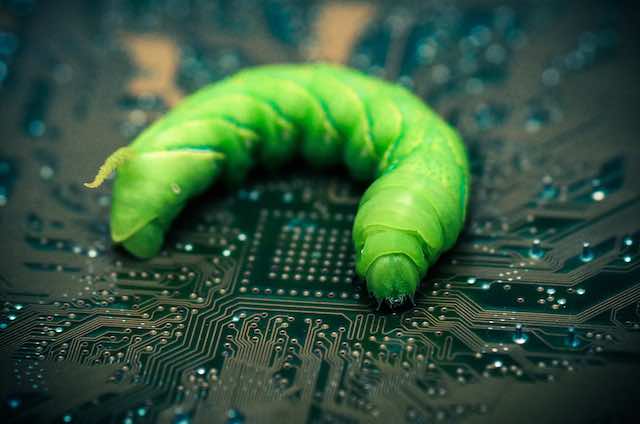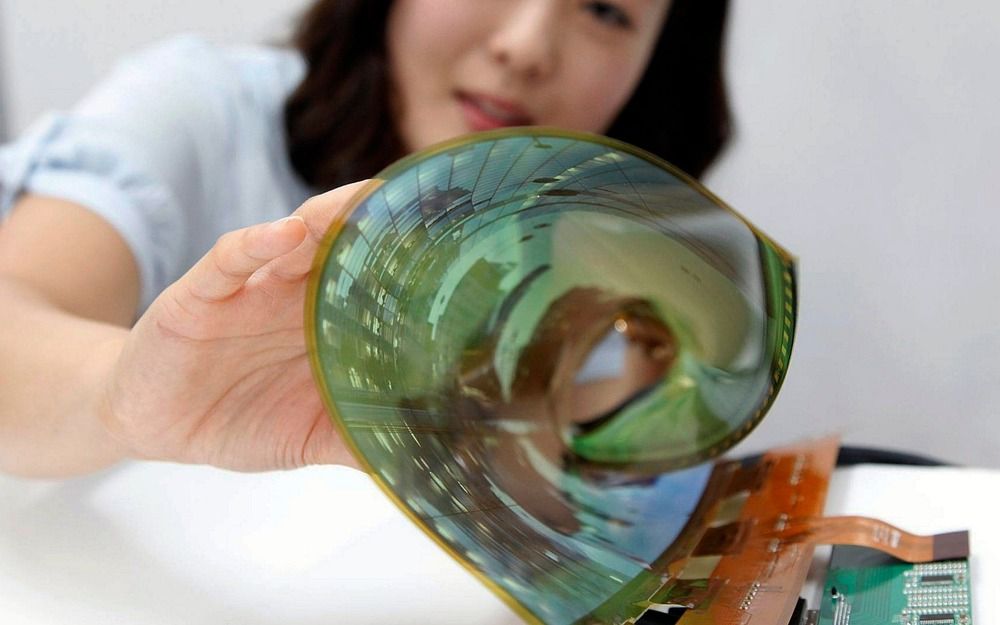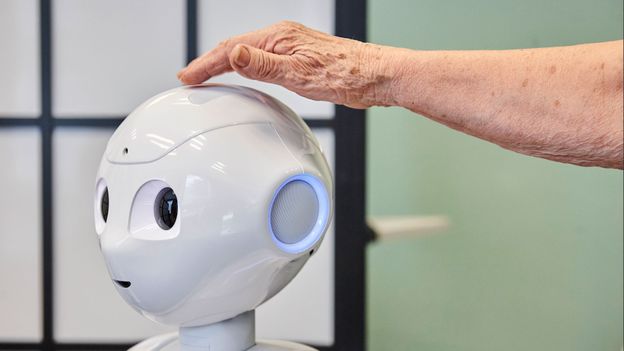Let’s Encrypt has warned that older Android phones won’t support many secure websites after they lose key certificates by September 2021.




A small team of astronomers have found a new way to ‘see’ the elusive dark matter halos that surround galaxies, with a new technique 10 times more precise than the previous-best method. The work is published in Monthly Notices of the Royal Astronomical Society.
Scientists currently estimate that up to 85% of the mass in the universe is effectively invisible. This ‘dark matter’ cannot be observed directly, because it does not interact with light in the same way as the ordinary matter that makes up stars, planets, and life on Earth.
So how do we measure what cannot be seen? The key is to measure the effect of gravity that the dark matter produces.

This article was published as a part of the Data Science Blogathon.
Introduction
Computer Vision is evolving from the emerging stage and the result is incredibly useful in various applications. It is in our mobile phone cameras which are able to recognize faces. It is available in self-driving cars to recognize traffic signals, signs, and pedestrians. Also, it is in industrial robots to monitor problems and navigating around co-workers.

You’ve probably heard us say this countless times: GPT-3, the gargantuan AI that spews uncannily human-like language, is a marvel. It’s also largely a mirage. You can tell with a simple trick: Ask it the color of sheep, and it will suggest “black” as often as “white”—reflecting the phrase “black sheep” in our vernacular.
That’s the problem with language models: because they’re only trained on text, they lack common sense. Now researchers from the University of North Carolina, Chapel Hill, have designed a new technique to change that. They call it “vokenization,” and it gives language models like GPT-3 the ability to “see.”
It’s not the first time people have sought to combine language models with computer vision. This is actually a rapidly growing area of AI research. The idea is that both types of AI have different strengths. Language models like GPT-3 are trained through unsupervised learning, which requires no manual data labeling, making them easy to scale. Image models like object recognition systems, by contrast, learn more directly from reality. In other words, their understanding doesn’t rely on the kind of abstraction of the world that text provides. They can “see” from pictures of sheep that they are in fact white.

Even soft objects like balloons are now within reach.


Recently, a team of researchers from Facebook AI and Tel Aviv University proposed an AI system that solves the multiple-choice intelligence test, Raven’s Progressive Matrices. The proposed AI system is a neural network model that combines multiple advances in generative models, including employing multiple pathways through the same network.
Raven’s Progressive Matrices, also known as Raven’s Matrices, are multiple-choice intelligence tests. The test is used to measure abstract reasoning and is regarded as a non-verbal estimate of fluid intelligence.
In this test, a person tries to finish the missing location in a 3X3 grid of abstract images. According to the researchers, there have been various similar researches, where the main focus entirely on choosing the right answer out of the various choices. However, in this research, the researchers focussed on generating a correct answer given the grid, without seeing the choices.
Once again, the National Aeronautics and Space Administration (NASA) is on a pathbreaking mission to develop an electric propulsion-powered aircraft, which would be quieter, more efficient, and environmentally friendly than today’s commuter aircraft.